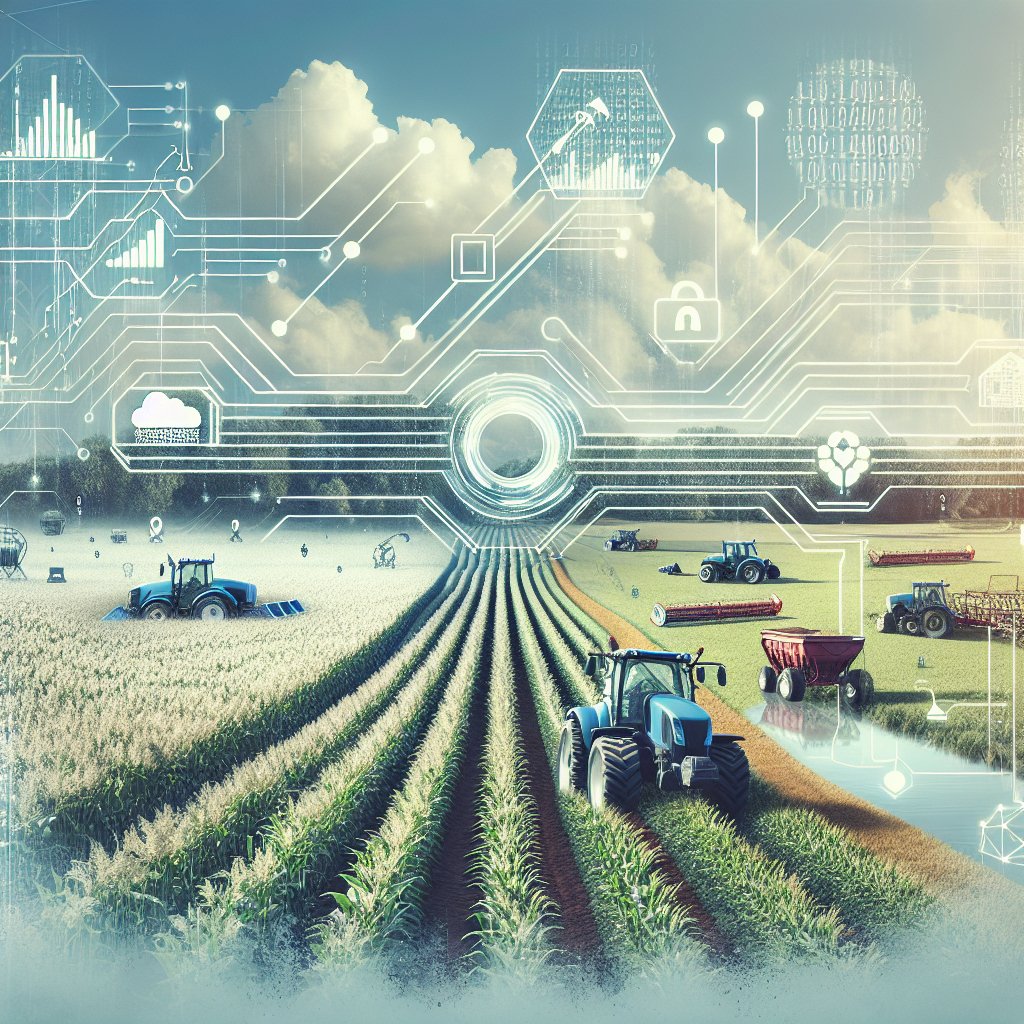Big Data Analytics in Agriculture: Turning Information into Action
Big Data analytics is revolutionizing the agricultural sector by transforming vast amounts of data into actionable insights. This technological advancement is not only enhancing productivity but also promoting sustainable farming practices. In this article, we will explore how Big Data is being utilized in agriculture and the significant impact it is having on the industry.
Understanding Big Data in Agriculture
Big Data refers to the large volumes of data generated from various sources, including sensors, satellites, weather stations, and farm equipment. In agriculture, this data encompasses information on soil conditions, crop health, weather patterns, and market trends. The challenge lies in analyzing this data to extract meaningful insights that can guide decision-making processes.
Data Collection and Sources
The first step in leveraging Big Data in agriculture is data collection. Modern farms are equipped with a plethora of sensors and devices that continuously monitor various parameters. These include:
- Soil Sensors: Measure soil moisture, temperature, and nutrient levels.
- Weather Stations: Provide real-time data on temperature, humidity, rainfall, and wind speed.
- Satellite Imagery: Offers detailed images of crop fields, helping in monitoring crop health and growth patterns.
- Farm Equipment: Tractors and harvesters equipped with GPS and IoT devices collect data on field operations and machinery performance.
Additionally, data from external sources such as market prices, supply chain logistics, and consumer preferences are integrated to provide a comprehensive view of the agricultural ecosystem.
Data Analysis and Interpretation
Once the data is collected, the next step is analysis. Advanced analytics tools and machine learning algorithms are employed to process and interpret the data. These tools can identify patterns, correlations, and trends that are not immediately apparent. For instance, predictive analytics can forecast crop yields based on historical data and current conditions, enabling farmers to make informed decisions about planting and harvesting.
Moreover, data visualization techniques, such as heat maps and graphs, help in presenting the analyzed data in an easily understandable format. This allows farmers to quickly grasp the insights and take appropriate actions.
Applications of Big Data in Agriculture
The application of Big Data analytics in agriculture is vast and varied. Here are some of the key areas where it is making a significant impact:
Precision Farming
Precision farming, also known as precision agriculture, involves using Big Data to optimize field-level management. By analyzing data on soil conditions, weather forecasts, and crop health, farmers can tailor their practices to the specific needs of each field. This includes:
- Variable Rate Technology (VRT): Adjusting the application of fertilizers, pesticides, and water based on the specific requirements of different areas within a field.
- Automated Machinery: Using GPS-guided tractors and harvesters to perform field operations with high precision, reducing waste and improving efficiency.
- Crop Monitoring: Utilizing drones and satellite imagery to monitor crop health and detect issues such as pest infestations or nutrient deficiencies early on.
Precision farming not only enhances productivity but also minimizes the environmental impact by reducing the overuse of chemicals and conserving water resources.
Supply Chain Optimization
Big Data analytics is also transforming the agricultural supply chain. By analyzing data on market trends, consumer preferences, and logistics, farmers and agribusinesses can optimize their supply chain operations. This includes:
- Demand Forecasting: Predicting market demand for different crops and adjusting production accordingly to avoid overproduction or shortages.
- Inventory Management: Monitoring stock levels and ensuring timely replenishment to meet market demand without incurring excess storage costs.
- Logistics Optimization: Streamlining transportation and distribution processes to reduce costs and ensure timely delivery of fresh produce to markets.
By optimizing the supply chain, farmers can increase their profitability and reduce food waste, contributing to a more sustainable agricultural system.
Challenges and Future Prospects
While Big Data analytics holds immense potential for agriculture, it also presents several challenges. These include:
- Data Privacy and Security: Ensuring the privacy and security of sensitive farm data is a major concern. Farmers need to be assured that their data will not be misused or accessed by unauthorized parties.
- Data Integration: Integrating data from diverse sources and formats can be complex and requires robust data management systems.
- Technical Expertise: The effective use of Big Data analytics requires technical expertise, which may be lacking in some farming communities. Training and support are essential to bridge this gap.
Despite these challenges, the future of Big Data in agriculture looks promising. Advances in technology, such as the Internet of Things (IoT), artificial intelligence (AI), and blockchain, are expected to further enhance the capabilities of Big Data analytics. These technologies will enable more accurate data collection, real-time analysis, and secure data sharing, driving the agricultural sector towards greater efficiency and sustainability.
Conclusion
Big Data analytics is transforming agriculture by turning vast amounts of data into actionable insights. From precision farming to supply chain optimization, the applications of Big Data are enhancing productivity, reducing environmental impact, and promoting sustainable practices. While challenges remain, the continued advancement of technology and the growing adoption of data-driven approaches hold great promise for the future of agriculture. By embracing Big Data analytics, farmers can make more informed decisions, improve their operations, and contribute to a more sustainable and resilient agricultural system.










